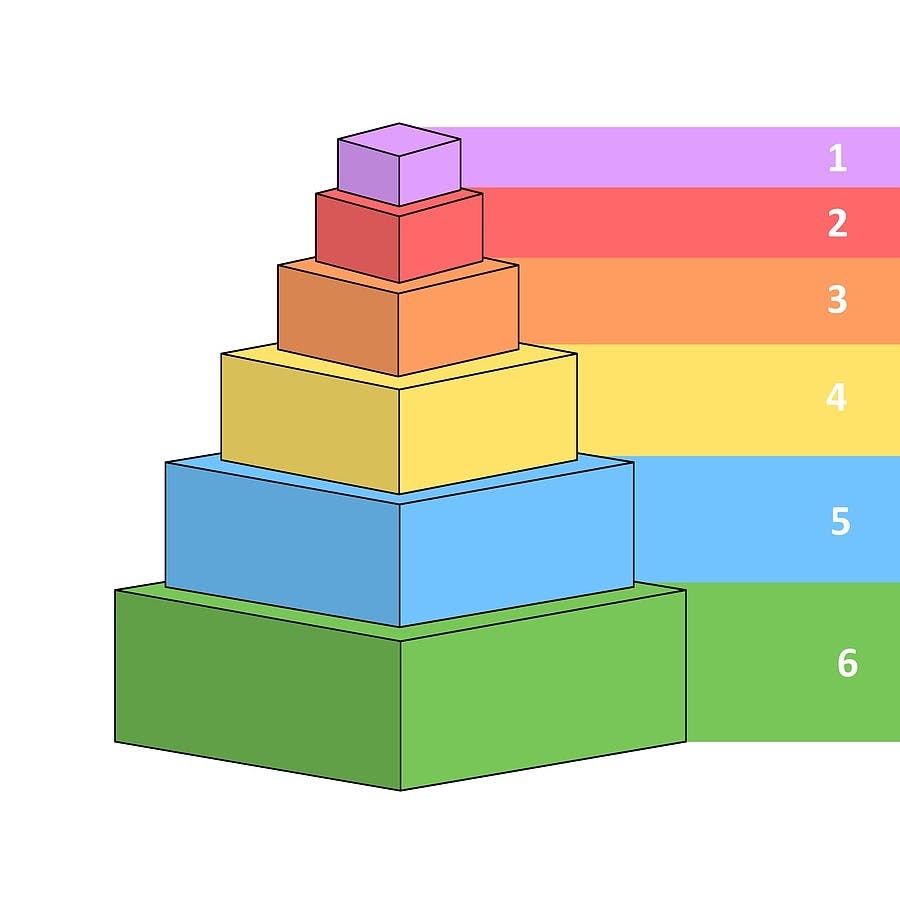Let’s imagine you had a comprehensive and accurate list of skills for your employees, candidates, and jobs. You could do many useful things with that. You could automatically match candidates to job openings, find internal candidates for projects, identify the skill gap between a person and the job they aspire to, find career paths between jobs with similar skills, and more.
To get such a comprehensive and accurate list of skills, you need to start with a skills taxonomy. That is, you need a standard language for skills. And hence, skills taxonomies have become a hot topic in HR tech, even if they sit far behind the scenes.
The most famous skills taxonomy is O*Net. (There are others, such as the European ESCO, the U.K. Skills Taxonomy, and Singapore’s Skills Framework.) O*Net uses an ancient technology to build a taxonomy: humans. Indeed, it is possible to get a group of humans to use their best judgment to create a list of skills for various jobs, but it’s slow, expensive, inconsistent, and chronically out of date. Today, there are much better approaches using natural language processing and machine learning.
AI-Based Skills Taxonomies
There are several organizations using AI-based approaches to skills taxonomies, including IBM, Revelio Labs, and SkyHive. All these organizations have a roughly similar approach to building a skills taxonomy. They gather as much information as possible about jobs from sources like the profiles on LinkedIn, the postings on job boards, and any other relevant sources they can find, such as patent applications. (There are hundreds of millions of records available that describe jobs.) Next, they use natural language processing to make sense of the jobs — for example, teasing out which skills are likely to be found in which jobs.
This analysis of all the jobs in the world isn’t easy, but do it right and you’ll find the technology is surprisingly smart. It can go beyond looking at the data available about one job or person and make reasonable inferences about what other skills they may have or what jobs might be similar.
For example, Revelio Labs’ approach is smart enough to recognize that an “attorney” is very much like the job called “lawyer,” which is similar to but not the same as a “paralegal.” The tools can figure out that a “director” in a retail chain is not at all the same as a “director” in a movie studio.
SkyHive’s chief solutions officer Serge Bukharov points out that because SkyHive’s core engine is constantly scanning the web, it can identify emerging roles and the skills required for these roles. For example, the technology can find a job like “quantum engineer” and then work backward from the skill set found in that role to dig up candidates with adjacent skills, even though the term “quantum” appears nowhere in their resume.
This is a critical ability, for in a search for quantum engineers, only 60 candidates were uncovered. But by working backward from the skill sets, several thousand potential candidates were found.
Meanwhile, IBM’s Talent Framework is a skills taxonomy and associated tools for making use of that taxonomy (e.g., for career paths). Built by AI with some human tweaking, this framework is the engine that drives the skills matching of other popular products such as Fuel50.
It’s also worth pointing out that SkyHive offers a range of talent management tools that leverage the power of a skills taxonomy. Additionally, Revelio Labs focuses on analysis and intercompany comparisons; their insights are much valued by hedge funds, not just HR professionals. And similarly, SkyHive has a product aimed at labor market intelligence, as well as the one aimed at enterprise HR.
HR and recruiting tech professionals should do a deep dive in understanding how skills taxonomies are created and ensure their organization is using the best one, not just one some humans cobbled together. It’s also important to recognize that even with an excellent taxonomy, there are still limits on what the technology can do.
For example, a skills taxonomy will never capture all the nuances of a particular job or person. Also, you may have a hard time getting employees to create an up-to-date and accurate list of their skills. The technology is amazing, but it’s not magic. It can provide insights, but it won’t eliminate the need for someone to assess which insights are relevant and to fill in the gaps on things the software doesn’t know.
Limitations aside, the AI approach to skills taxonomies used by IBM, Revelio Labs, and SkyHive have changed the game. It’s a hot new topic worth digging into.
